Welcome to the Research and Strategy Services at in today's fast-paced.
Black Friday Sale - Use code BF2025 for 50% off
Black Friday Sale - Use code BF2025 for 50% off
Black Friday Sale - Use code BF2025 for 50% off
Black Friday Sale - Use code BF2025 for 50% off
Black Friday Sale - Use code BF2025 for 50% off
Black Friday Sale - Use code BF2025 for 50% off
Black Friday Sale - Use code BF2025 for 50% off
Black Friday Sale - Use code BF2025 for 50% off
Black Friday Sale - Use code BF2025 for 50% off
Black Friday Sale - Use code BF2025 for 50% off
Black Friday Sale - Use code BF2025 for 50% off
Black Friday Sale - Use code BF2025 for 50% off
Black Friday Sale - Use code BF2025 for 50% off
Black Friday Sale - Use code BF2025 for 50% off
Black Friday Sale - Use code BF2025 for 50% off
Black Friday Sale - Use code BF2025 for 50% off

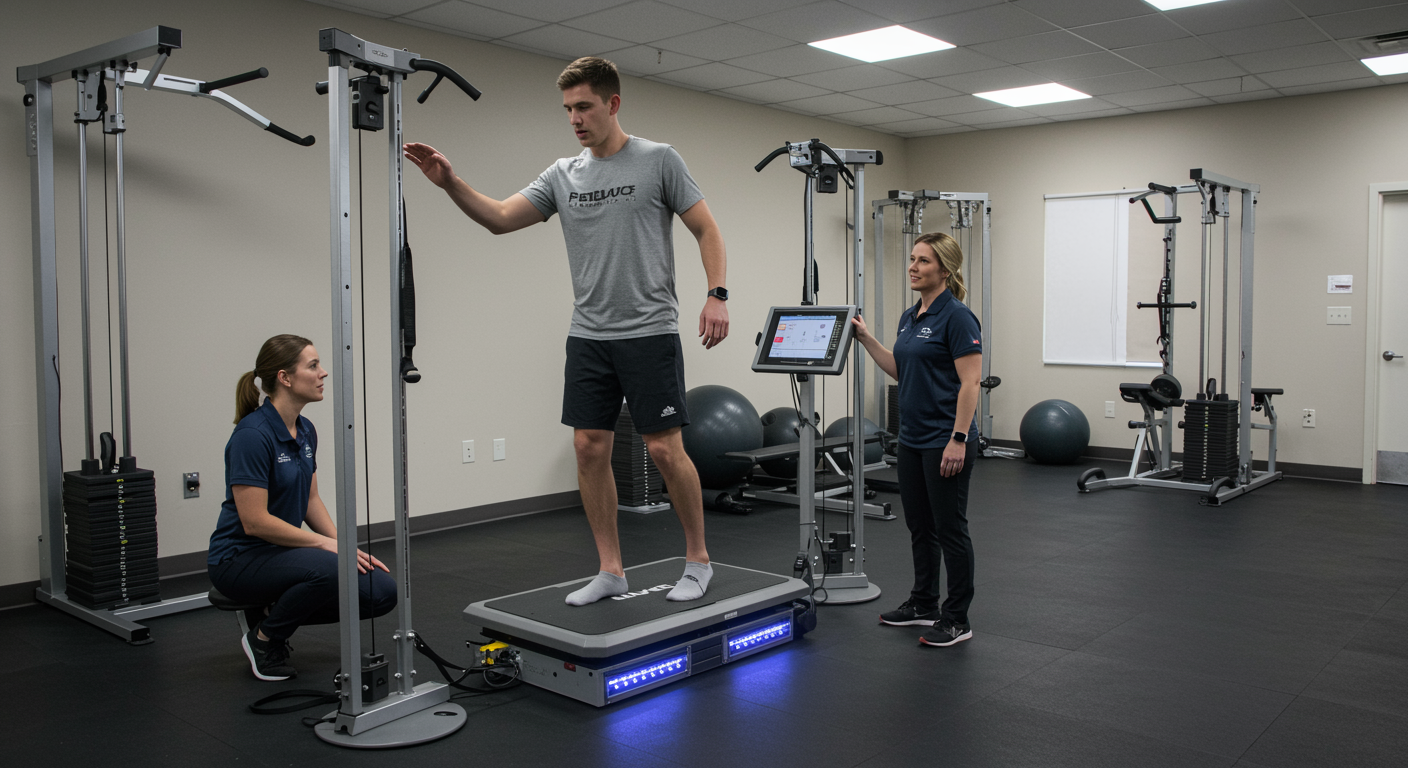
Dual-task training — performing a physical and a cognitive challenge simultaneously — has become one of the most powerful approaches in both rehabilitation and sports performance.
Whether recovering from concussion, improving reaction time under pressure, or maintaining focus during fatigue, the ability to handle motor-cognitive load is central to real-world performance.
Clinics, performance centers, and military programs now integrate dual-task systems that train coordination, attention, and decision-making together. Below are five of the most recognized and effective tools used across rehab, aging, and elite performance.
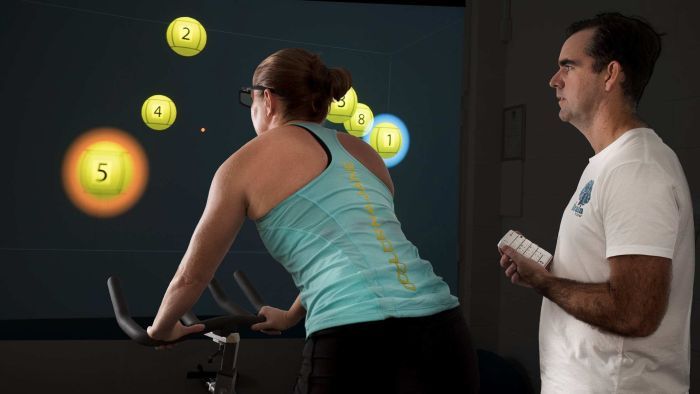
What It Is
NeuroTrackerX is a 3D multiple-object tracking system that trains attention, awareness, and decision-making under increasing cognitive load.
Why It Works for Dual-Task Training
NeuroTracker can be performed while standing on unstable surfaces, balancing, or doing movement drills — making it ideal for cognitive-motor coupling. The technology has several patents for dual-task training, and has validated research for this training purpose. The platform also comes with specialized dual-task training options included, such as the Stroop Test (cognitive) and Optic Flow (perceptual-cognitive).
Pros
Cons
Scores (1–10)
👉 Learn more: NeuroTracker X
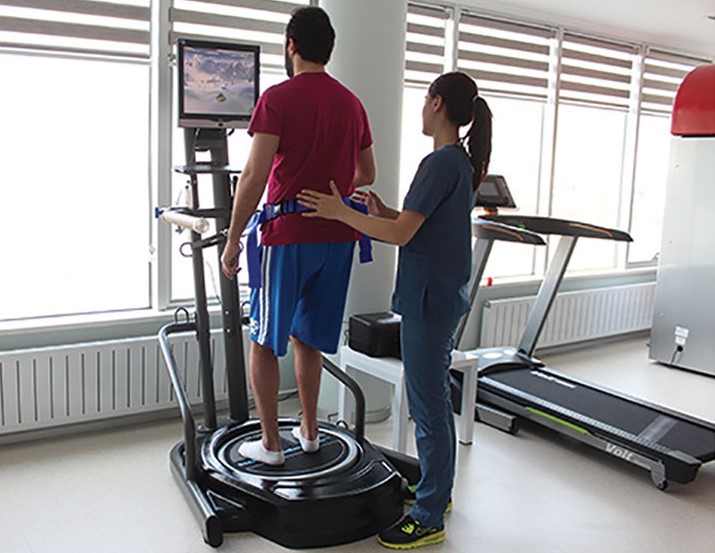
What It Is
Korebalance is a dynamic balance and cognitive training system featuring adjustable stability levels and integrated brain games designed to engage attention, memory, and reaction while maintaining postural control.
Why It Works for Dual-Task Training
The platform simultaneously challenges balance, coordination, and cognitive functions, making it a complete neuromechanical system for both rehab and performance. It’s used worldwide in hospitals, clinics, and sports centers.
Pros
Cons
Scores (1–10)
👉 Learn more: Korebalance
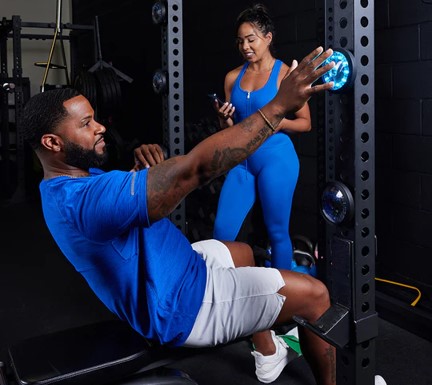
What It Is
FitLight uses wireless LED pods that light up in configurable sequences to train reaction, coordination, and agility.
Why It Works for Dual-Task Training
When paired with balance tasks, agility drills, or NeuroTracker sessions, FitLight provides sensorimotor feedback under time pressure, ideal for return-to-play protocols and cognitive load training.
Pros
Cons
Scores (1–10)
👉 Learn more: FitLight

What It Is
Vestibular Training Services offers dynamic vestibular and sensorimotor systems designed to retrain balance, coordination, and spatial orientation under controlled instability.
Why It Works for Dual-Task Training
VTS programs often integrate head and eye movement tasks with balance control, mimicking the real-world cognitive demands of sports and everyday activities. Used in both high-performance and neurorehab contexts, it trains stability and focus simultaneously.
Pros
Cons
Scores (1–10)
👉 Learn more: Vestibular Training Services
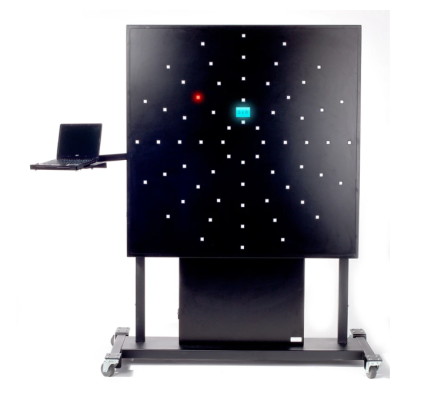
What It Is
Dynavision D2 is a large LED light board originally developed for hospital-based vision and coordination training, now used widely in sports and concussion rehab.
Why It Works for Dual-Task Training
The D2 integrates visual reaction tasks with upper-body motor responses, requiring split attention, timing, and movement precision — all under cognitive load.
Pros
Cons
Scores (1–10)
👉 Learn more: Dynavision D2

For clinics and sports centers, combining one cognitive and one motor-vestibular system (e.g., NeuroTracker + Korebalance or VTS) provides a versatile, science-backed dual-task program adaptable to any client base.
Q: What is dual-task training?
A: It involves performing a physical and cognitive task simultaneously, improving coordination, focus, and resilience under pressure.
Q: Which tool is best for clinical rehab?
A: Korebalance and Dynavision D2 are widely used in hospitals and clinics for structured rehabilitation.
Q: Which systems are most accessible for small performance centers?
A: NeuroTracker and FitLight are compact, affordable, and easy to integrate.
Q: Can these systems be combined?
A: Yes — combining cognitive platforms like NeuroTracker with physical or vestibular systems enhances real-world transfer and accelerates recovery.

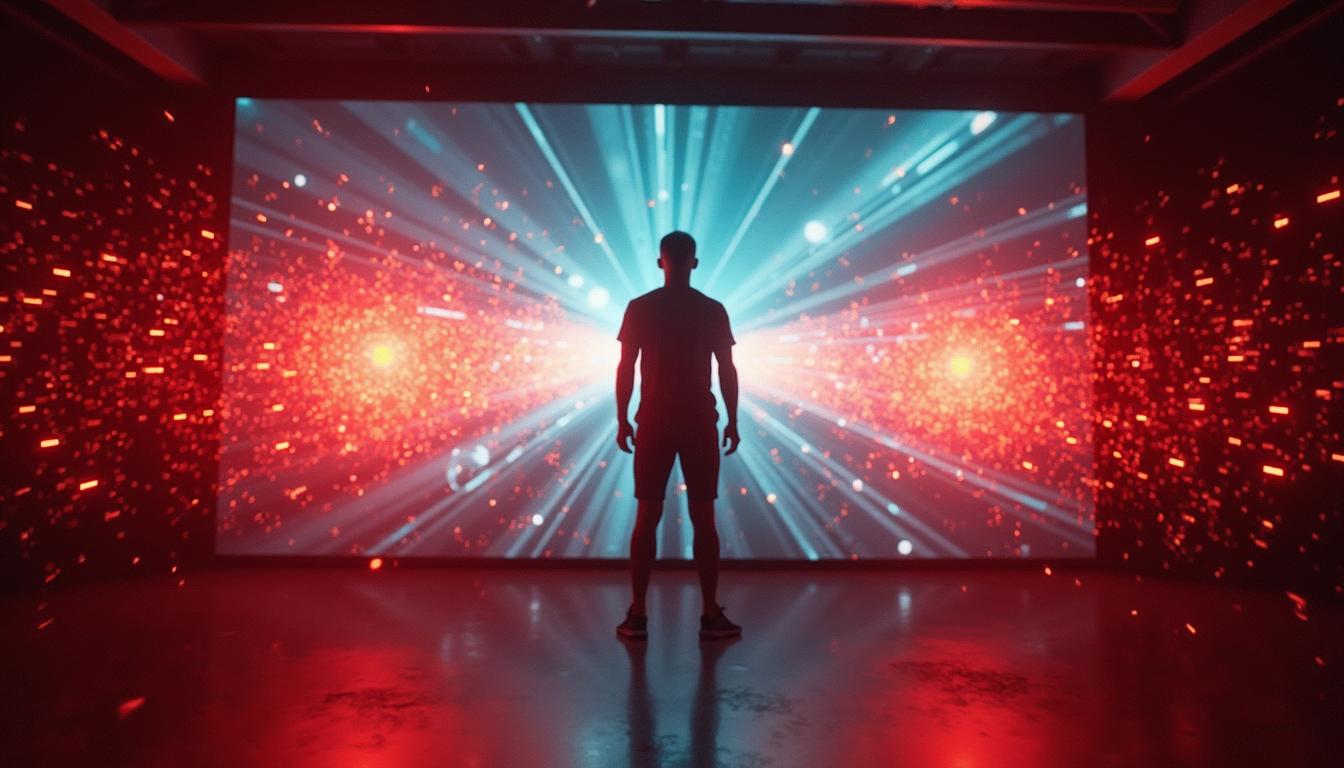




Welcome to the Research and Strategy Services at in today's fast-paced.

Explore five leading technologies used to support functional return to peak performance after concussion recovery — including Korebalance, Dynavision D2, NeuroTrackerX, Senaptec, and Sportreact.

Learn how NeuroTrackerX provides sensitive, sport-relevant cognitive-performance metrics to support functional return-to-peak-performance after concussion recovery.

Compare the leading eye-tracking systems - Tobii, Pupil Labs, RightEye, EyeGuide, and Smart Eye.
.png)